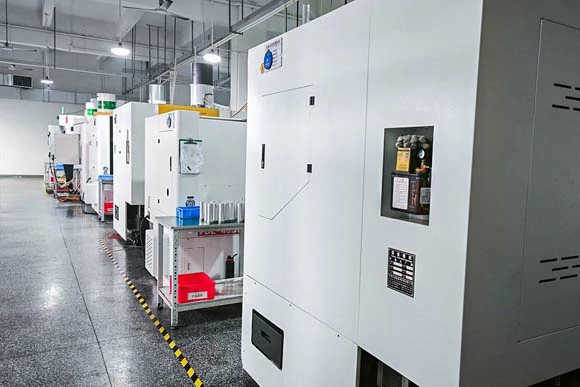The innovative application of five-axis CNC technology in medical equipment manufacturing
Introduction
In recent years, the field of medical equipment manufacturing has witnessed a significant transformation with the implementation of five-axis CNC (Computer Numerical Control) technology. This advanced machining technique offers precise and efficient fabrication of complex medical devices, enabling the development of groundbreaking innovations. This article aims to explore the various applications and benefits of five-axis CNC technology in the medical equipment manufacturing industry.
Enhanced Precision in Surgical Instrument Manufacturing
One of the key advantages of five-axis CNC technology in medical equipment manufacturing is its ability to produce surgical instruments with unparalleled precision. By utilizing multi-directional machining capabilities, intricate designs and geometries can be realized with accuracy down to micrometer levels. This level of precision not only enhances the performance and reliability of surgical instruments but also contributes to improved surgical outcomes and patient safety.
Complex Implant Fabrication
Another area where five-axis CNC technology has revolutionized medical equipment manufacturing is the production of complex implants. Traditional manufacturing methods often struggle with the intricate geometries required for custom-made implants. However, with the flexibility and versatility of five-axis CNC machines, implants can be precisely milled from various materials, such as titanium or ceramic, based on patient-specific anatomical data. This personalized approach leads to better-fitting implants, reducing post-operative complications and improving patient comfort and recovery.
Efficient Production of Prosthetics
Five-axis CNC technology has also greatly influenced the production of prosthetic devices. With its high-speed cutting capabilities and simultaneous multi-axis movement, these machines can quickly and accurately mill prosthetic components from a wide range of materials, including lightweight alloys and biocompatible plastics. This efficiency not only accelerates the manufacturing process but also allows for greater customization, enabling prosthetics that are tailored to meet the individual needs and preferences of each patient.
Advancements in Medical Device Prototyping
Five-axis CNC technology has revolutionized the prototyping phase in medical equipment development. With its ability to accurately machine complex designs within a short timeframe, this technology enables rapid iteration and refinement of medical device prototypes. By reducing the time and cost associated with traditional prototyping methods, manufacturers can accelerate the product development cycle, leading to faster market entry of innovative medical devices that address unmet clinical needs.
Conclusion
The innovative application of five-axis CNC technology in medical equipment manufacturing has ushered in a new era of precision, efficiency, and customization. From enhanced precision in surgical instrument manufacturing to efficient production of prosthetics, this advanced machining technique has transformed the field of medical equipment manufacturing. As technology continues to advance, we can expect even more groundbreaking developments that will revolutionize the healthcare industry and improve patient care.
.webp)
